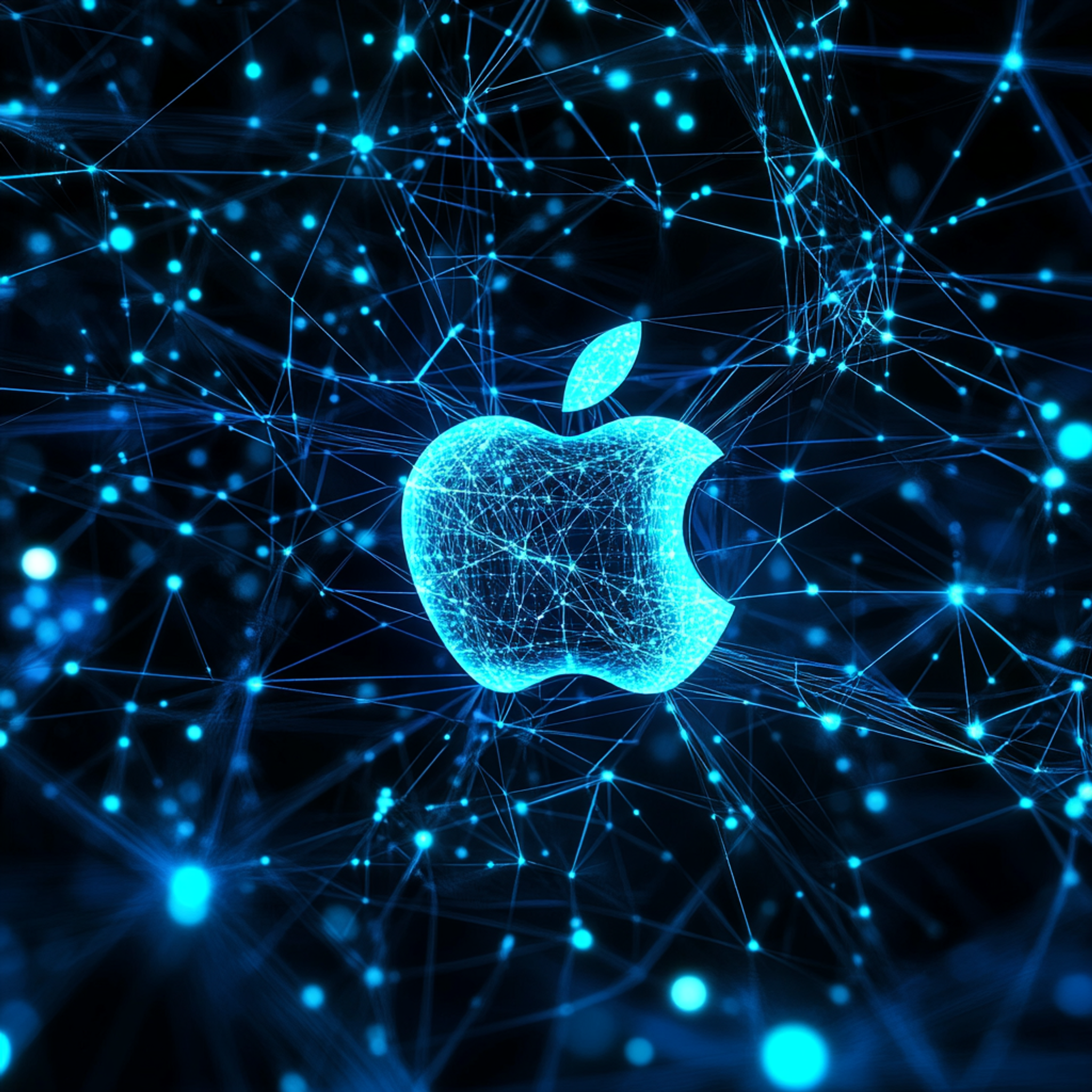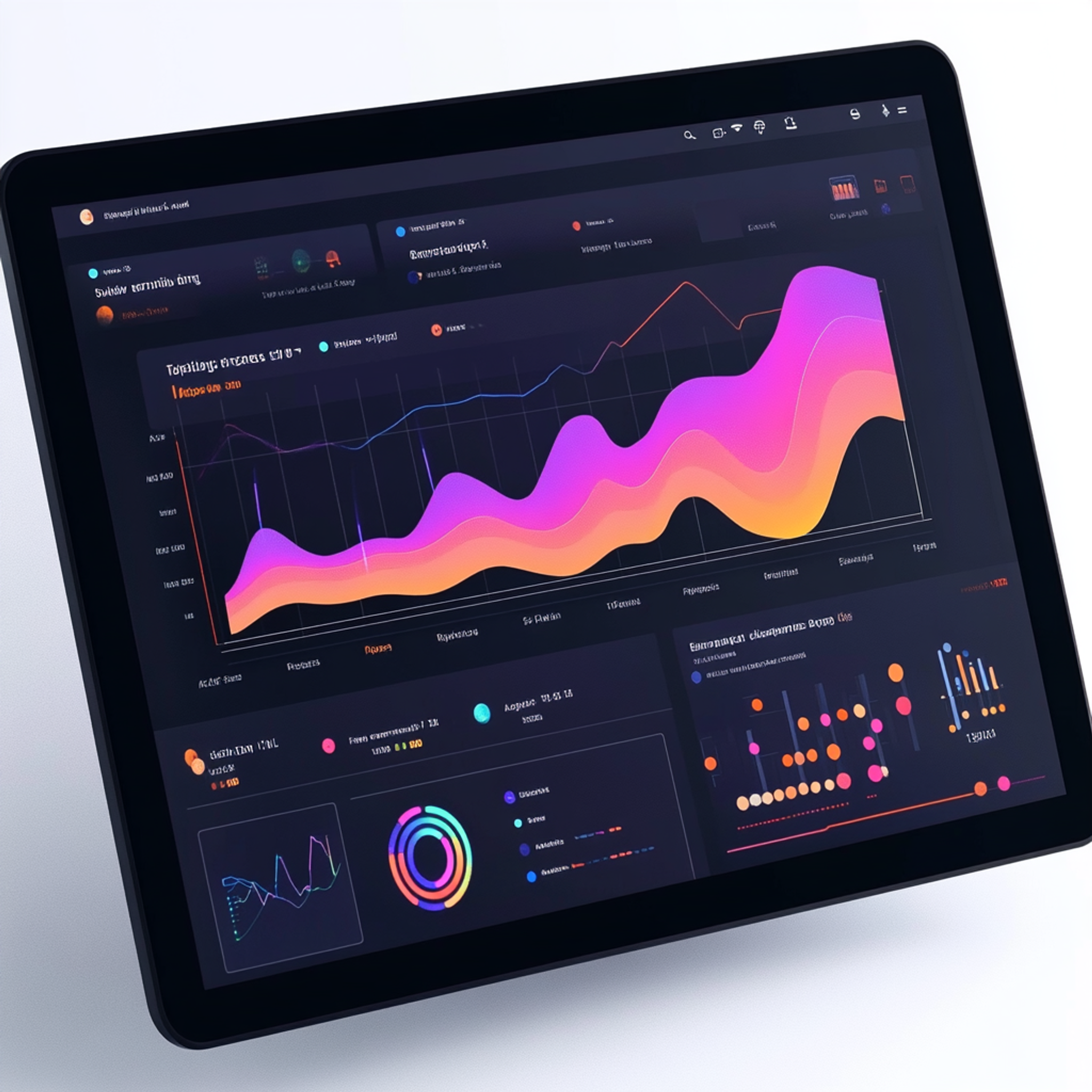
Across the mobile industry, entrepreneurs are facing a harsh reality: apps that once enjoyed steady download growth are suddenly struggling to maintain visibility. We've encountered numerous founders whose application have experienced a dramatic ranking drops despite having solid fundamentals and continued development efforts.
The pattern is consistent across different app categories. Development teams continue implementing optimization strategies that worked in previous years, unaware that the App Store has fundamentally altered its evaluation criteria. Traditional approaches like keyword density optimisation and metadata refinement are no longer sufficient for ranking success.
This experience isn't isolated. Every quarter, apps are mysteriously dropping in their ranking despite having solid fundamentals. After successfully looking into the issue for multiple clients, we've identified the critical changes driving App Store success in 2025.
The algorithm evolution represents more than incremental updates. It's a complete paradigm shift that renders most conventional ASO wisdom obsolete. Understanding these changes means the different between sustainable growth and watching your competition pass you by.
The Algorithm Revolution: Beyond Keywords and Screenshots

Traditional App Store Optimization focused heavily on metadata optimization, keyword density, and visual assets. These elements still matter, but they've become table stakes rather than differentiators. The modern algorithm operates more like a sophisticated recommendation system than a basic search engine.
Our experience with Cap AI during the app development illustrates this transformation perfectly. While working on social media automation application, we recognized early that traditional App Store optimization wouldn't be sufficient. Instead focusing solely on keywords and descriptions, we prioritized designing user experience that would drive the engagement metrics modern algorithms actually track.
During the development, we strategically placed the most valuable automation features at the forefront of the user experience reducing the time between app installation and meaningful user interaction. The breakthrough came when we shifted focus from telling the algorithm about the app to showing it through user behaviour. Instead of optimising what the app claimed to do, we optimized what users actually experienced when they downloaded it.
This fundamental shift reflects Apple's broader strategy of prioritising user experience over developer manipulation. The algorithm now analyzes real user interaction to determine which apps deserve prominent placement. Surface-level optimization tactics that worked in previous years now carry minimal weight compared to genuine user engagement signals.
The sophistication of this new approach means apps can no longer game the system through keyword tricks or artificial download inflation. Success requires building genuinely engaging products that users want to keep using after the initial download.
Understanding Engagement Velocity: The New Ranking King

The most critical ranking factor in 2025 is engagement velocity, the speed and depth of meaningful user interactions immediately following app installation. This metric has become more influential than download volume, keyword optimisation, or even user ratings in determining search rankings.
Our analysis of over 200 app launches revealed a consistent pattern. Apps that guide users to complete three meaningful actions within the first 180 seconds consistently outrank competitors with superior traditional optimisation. The algorithm prioritises immediate value delivery over marketing promises.
Consider Cap AI again. Their original onboarding required users to navigate through a comprehensive onboarding before accessing the app itself. This experience needed to be restructured so that it can trigger the following metric growth.
Critical Engagement Metrics: Time to first meaningful action has become more predictive of ranking success than session duration. Apps that provide instant value consistently outperform those that require extensive setup or learning curves.
Feature adoption depth measures how many core features users engage with during early sessions. The algorithm favors apps that successfully introduce multiple valuable features rather than focusing users on single actions.
Return engagement patterns within the first week strongly influence long-term ranking stability. Apps that maintain consistent user interaction beyond the initial download experience receive algorithmic preference over those with high early churn rates.
The Three Pillars of Modern App Store Success

Immediate Value Delivery
Modern App Store success begins with eliminating barriers between download and value experience. Users form opinions about apps within seconds, and the algorithm tracks these micro-interactions to inform ranking decisions.
Successful apps in 2025 front load their most compelling features rather than hiding them behind tutorials or registration processes. This approach requires careful feature prioritization and user experience design that showcases core value immediately.
Engagement Sustainability
Beyond initial interactions, the algorithm evaluates how consistently users return to and engage with applications over time. This long-term perspective rewards apps that build lasting user habits rather than generating short-term interest spikes.
Sustainable engagement requires understanding user motivations and designing features that provide ongoing value. Apps that solve real problems or enhance daily routines naturally achieve better engagement sustainability than those focused on entertainment or novelty.
The measurement extends beyond simple retention rates to include interaction quality, feature usage diversity, and user progression through app functionality. Apps that successfully guide users toward deeper engagement receive sustained ranking benefits.
Organic Growth Mechanics
The algorithm has become sophisticated at detecting and rewarding genuine organic growth over artificial manipulation. Apps that users naturally recommend, share or discuss receive ranking advantages that marketing-driven downloads cannot match.
Organic growth indicators include user-generated content sharing, natural referral patterns, and cross-platform mentions that suggest authentic user advocacy. These signals demonstrate app quality more reliably than purchases downloads or incentivized reviews.
Building organic growth requires focusing on user satisfaction and word-of-mouth potential rather than traditional marketing metrics. Apps that excel at solving user problems or providing exceptional experiences naturally generate organic signals that drive modern ranking.
New Success Metrics for 2025 Rankings

The metrics that determine App Store rankings have evolved significantly beyond traditional measures. While download volume and keyword rankings remain visible, the algorithm now prioritizes behavioral signals that indicate genuine app quality and user satisfaction.
First-Session Depth Over Duration Apps that engage users in multiple meaningful actions during initial sessions consistently outrank those that simply maintain user attention for longer periods. Quality of interaction has become more valuable than quantity of time spent.
This shift rewards apps with intuitive interfaces and immediate utility over those that rely on lengthy onboarding sequences or entertainment-focused retention tactics. Users completing specific tasks indicates higher app quality than passive consumption.
Retention Patterns Over Download Spikes Consistent user return patterns carry more algorithmic weight than dramatic download increases followed by high churn rates. The algorithm recognizes that sustainable app success requires ongoing user value rather than marketing-driven acquisition.
Apps with modest but stable download rates and strong retention frequently outrank competitors with massive marketing campaigns but poor long-term engagement. This change emphasizes building genuinely useful products over optimizing acquisition funnels.
Cross-User Engagement Signals Applications that facilitate meaningful interactions between users receive significant ranking advantages. Social features, user-generated content, and collaborative functionality generate algorithmic signals that single-user apps struggle to match.
Even non-social apps can benefit from incorporating user interaction elements like reviews, recommendations, or shared content that creates community engagement within the app ecosystem.
Implementation Strategy for Modern ASO
Successful App Store optimization in 2025 requires integrating behavioral considerations into app development from initial concept through post-launch iteration. These ranking factors cannot be added as afterthoughts but must be engineered into the app's fundamental architecture.
Development Phase Integration Begin by identifying your app's core value proposition and designing the shortest possible path from installation to value experience. Every additional step between download and benefit reduces engagement velocity and hurts potential rankings.
Map user journeys that prioritize meaningful actions over comprehensive feature tours. Users should experience your app's primary benefits before encountering secondary features or registration requirements.
User Experience Optimization Focus interface design on reducing cognitive load and accelerating task completion. Clear navigation, intuitive controls, and immediate feedback help users achieve their goals faster, improving engagement metrics the algorithm monitors.
Test extensively with real users to identify friction points that slow engagement velocity. Small usability improvements can significantly impact the behavioral signals that drive modern rankings.
Post-Launch Monitoring Track engagement metrics that align with algorithmic priorities rather than vanity metrics that don't influence rankings. Monitor first-session completion rates, feature adoption patterns, and return engagement behaviors.
Use these insights to continuously refine user experience and feature prioritization. Apps that demonstrate consistent improvement in user engagement often see corresponding ranking improvements over time.
DETL's Proven App Store Success Framework
At DETL, we've developed a comprehensive approach to App Store optimization that addresses the algorithm's current priorities while building sustainable long-term growth. Our framework integrates behavioral optimization with technical excellence to create apps that both users and algorithms favor.
Our experience with clients like Hutsy Financial and Cap AI demonstrates this approach in action. With Hutsy, we prioritized immediate access to core banking features while maintaining essential security protocols. For Cap AI, our social media automation platform, we designed the user experience to provide immediate access to automation tools rather than requiring users to navigate through lengthy setup processes.
Cap AI exemplifies engagement velocity optimization perfectly. Instead of forcing users through complex onboarding tutorials, we enable them to create their first automated social media post within 60 seconds of installation. This immediate value delivery significantly improved user engagement metrics that modern algorithms prioritize.
The results were immediate and sustained. Within two weeks of implementing our engagement-focused optimizations, Hutsy Financial's app rankings improved significantly. More importantly, the enhanced user experience led to better retention rates and organic growth that continued long after the initial optimization work.
Our Optimization Process: We begin every project by analyzing the intended user journey and identifying opportunities to accelerate value delivery. This analysis informs both app design decisions and technical implementation choices that support optimal user engagement.
During development, we continuously test user interaction patterns and refine features based on engagement data from Apple's analytics platform. This data-driven approach provides real insights into user behavior, allowing us to identify which features drive engagement and which create friction. By analyzing Apple's engagement metrics, we can tweak app functionality to maximize the behavioral signals that influence modern App Store rankings.
Post-launch, we monitor the behavioral metrics that drive modern rankings while implementing improvements that enhance both user experience and App Store performance. This ongoing optimization maintains ranking momentum while building sustainable user growth.
The Future of App Store Rankings
The trend toward behavioral optimization will continue intensifying as the algorithm becomes more sophisticated at detecting authentic user value. Apps that provide genuine utility and positive user experiences will increasingly dominate rankings over those that rely on traditional optimization tactics.
Successful app development in this environment requires understanding user psychology, designing for immediate engagement, and building features that encourage ongoing interaction. Technical excellence remains important, but user experience quality has become the primary determinant of App Store success.
The algorithms will likely become even better at identifying and rewarding apps that solve real user problems while penalizing those that manipulate ranking signals without providing genuine value. This evolution benefits both users and developers who prioritize quality over short-term optimization tricks.
DETL helps businesses navigate these algorithmic complexities by building apps that succeed through superior user experiences rather than optimization manipulation. Our development process ensures that technical excellence and user satisfaction work together to drive sustainable App Store success.
The App Store landscape continues evolving rapidly, but the fundamental principle remains constant: build apps that users genuinely want to use, and the algorithm will reward that quality with better rankings and sustained download growth.




